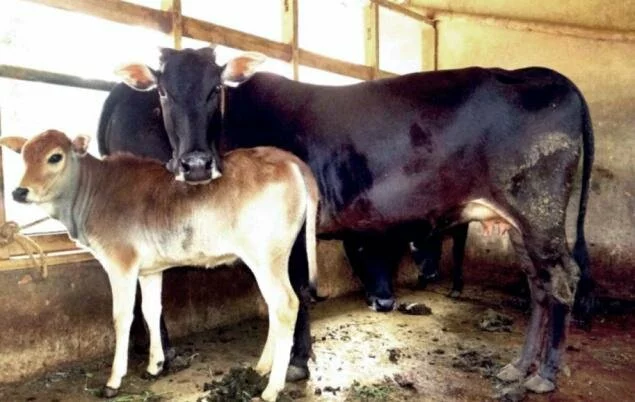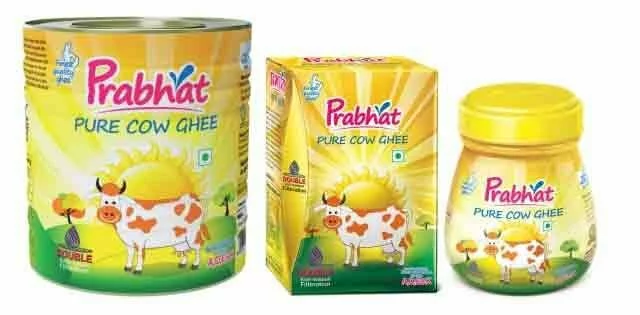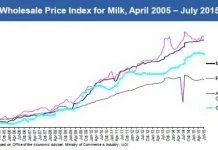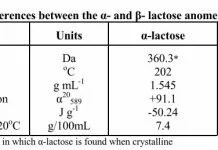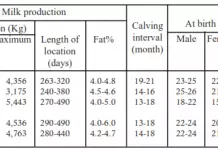Indian Dairy Industry facing the Leadership Challenge
Indian Dairy Industry facing the Leadership Challenge “National Dairy Plan needs critical review”
Population of India in 2020-21 will be about 1.326 billion. According to RDA -2010 for moderately active person, the milk requirement is 300 ml per day. At the rate of 300 ml per day per person, India needs about 145 million tons of milk per year. Let us add another 10% i.e. 15 million tons for exports and other applications. The total demand should not exceed about 160 million tons.
National Dairy Plan is proposing 200 million tons milk production:
- What is the calculation behind these numbers?
- How much feed and fodder is required to produce the 200 million tons of milk?
- Do we have land and water to produce this excess quantity of milk?
- What will be the environmental impact of excess production?
- What will be the impact of excess production of milk on natural resources and food security of India?
Let us look at some of the hard facts before addressing these vital facts:
Feed and Fodder Requirements:
According to NIANP estimates, to produce 160 million tons we will need about 530 million tons of Dry fodder, 880 million tons of green fodder and about 96 million tons of concentrate.
Land Requirement for Feed and Fodder cultivation:
According to current data, dry fodder yield is about 15 tons per hectare, green fodder is about 70 tons per hectare and concentrate is about 2.5 tons per hectare. After considering the above fact, the land requirement for to produce dry fodder, green fodder and concentrate will be about 80 million hectare of land.
Even if we take two crops a year, still 40 million hectare land will be blocked for feed and fodder production. The total land available in India for agriculture cultivation is about 141 million hectare. It means about 30% of total agriculture land will be blocked only for milk production related activities. If we assume that National Dairy Plan is targeting 200 million tons of milk production, add another 10 million hectares of land for feed and food requirements. It means according to NDP targets, one third of land in India should produce feed and fodder to meet milk production targets.
Pasturelands and other wastelands do not have enough productivity to meet the growing demand of feed and fodder. With growing urbanization, pasturelands are also shrinking. In agriculturally developed and irrigated states there are no more grazing areas.
Now, the question is – where is the feed and fodder to meet the demand for milk in India?
Water Requirements:
Milk production is becoming water-intensive and exhaustive, so there is strong need for bringing down the water footprint of milk for sustainable dairy farming. Indirect component is the major part, key role of feed and fodder crops made it point of check. On the basis of milk output, the water footprints are higher for buffalo than cow. The average of water use for buffalo milk production is 2000 liter (2 m3/kg). These high water footprints were due to more water consumption through feed and fodder and comparatively lower yields.
Water consumed per kg of milk is relatively lesser in case of crossbred cow due to their higher productivity. Milk productivity and water footprint per unit milk yield is inversely correlated. National average of water foot print average is about 1.37m3/kg.
It is important to note that 60 liter of water is consumed to produce a rupee worth of milk output, if the farm gate price of milk is about 19 to 20 per litre. The per capita availability of water is about 1700 liter per person per day by 2030.
For 200 million tons of milk production, we will need about 400 billion cubic meter of water. The Central Water Commission monitors the live storage of 91 important / major reservoirs, having capacity at Full Reservoir Level (FRL) of 157.80 billion cubic meters (BCM), which is about 62% of total reservoir capacity in the country. NDP will demand more than the total water in reservoirs in India. Is this logical?
Livestock methane-emission inventory:
Methane — a greenhouse gas that traps 20 times more heat than carbon dioxide. In 2009, scientists at the Space Applications Center in Ahmedabad published a pan-India livestock methane-emission inventory, the first ever, which put the figure at 11.75 million metric tons per year. In 2009, the milk production was 115 million tons. It means, for every 10 million tons of milk production we will have to accept 1 million ton of methane release from milking animals. It is equal to about 20 million tons in Carbon dioxide terms. If NDP is projecting 200 million tons of milk production, we should also gear-up to manage 20 million tons of methane gas production from ruminants.
It means with 200 million tons milk production , we will have 400 millions of Carbon dioxide equivalent. On the other hand, per capita carbon dioxide emission in India is about 1.8 tons per year i.e. by 2020 it will be, 2.5 billion tons per year. It means 16% green house gases will come only from milk production. This will not be acceptable under any parameter.
The way forward..
It is high time we should look at at all numbers proposed for National Dairy Development Plan for India, keeping in mind that we have limited resources and milk is not the only source of nutrition for citizens. In fact it is very expensive food for common masses.
There is need to relook at feed formulations, fodder development programs, animal breeding program and dairy farm management issues.
It is high time, leadership is required in dairy industry to give logical direction to Indian dairy industry and to make it relevant for overall development plan of India at the same time to retain global competitiveness.
By:
Vijay Sardana
Leading Agribusiness and Bio-economy Expert
Blog: “Vijay Sardana Online”

Comments
comments




